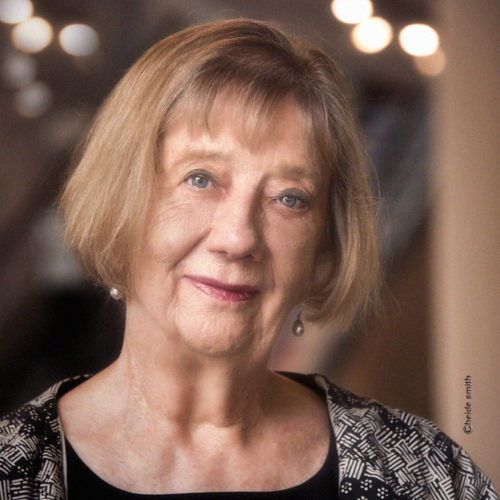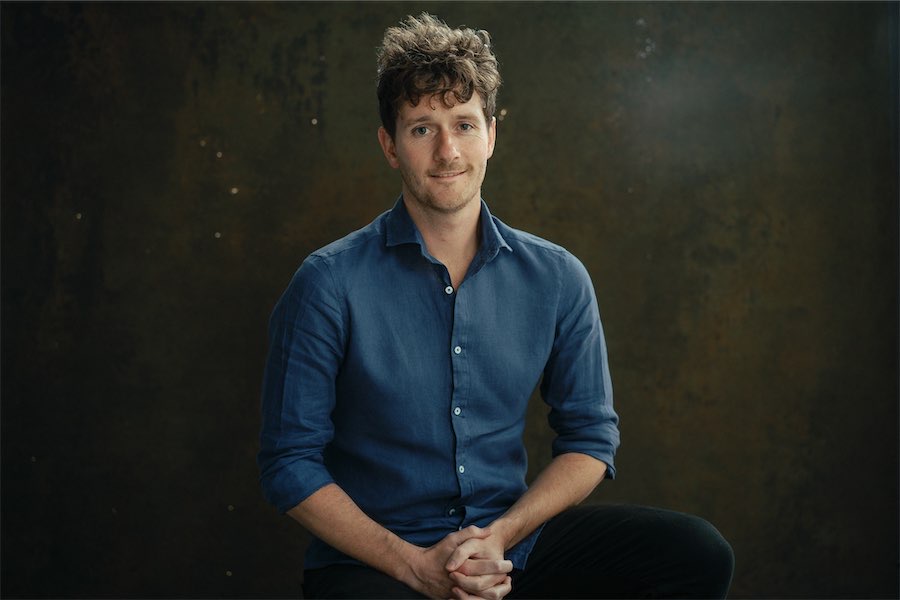CANBERRA dance writer Michelle Potter is a busy woman.

A former curator of dance at the National Library of Australia and of the Jerome Robbins Dance Division at the Lincoln Centre, she has a dance blog to keep alive and a backlog of scholarly articles to complete.
Now she’s about to release a hardcover publication with Melbourne Books about the art of Kristian Fredrikson, one of Australia’s most celebrated designers, with a foreword by long-time director of the Australian Ballet Maina Gielgud.
“This is going to be quite different from my other books,” Potter tells me with some excitement.
Her biographies of Meryl Tankard and founding director of The Australian Ballet School, Dame Maggie Scott were, she says, “about dancers, but this one covers a much wider field”.

For even though Fredrikson’s chief focus was on dance, he also worked in film, TV, opera, musicals and even straight theatre – 10 years at the Melbourne Theatre Company with George Ogilvie and, the year before his death in 2005, designing the costumes for Cate Blanchett as Hedda Gabler.
Potter is a former teacher-dancer with the National Capital Ballet School and Dancers, and an awarded director of dance documentaries like “The Ballets Russes in Australia” and “Boro’s Ballet”. She is also a respected researcher, with a PhD in art and dance history from the ANU and more than 140 interviews for the NLA, the NFSA, New York Public Library for the Performing Arts and the National Dance Archive of New Zealand.
“The research for the book was based on an oral history I did for the NLA in the 1990s, and it has led me in different directions, including back into art history,” she says.
“It’s been wonderful to use that to go into Kristian’s work.

“His designs were quite amazing, he had a wonderful intellect and would always research everything, he also had a background in art history and he claimed Raphael and Watteau among his influences.
“In preparing for a production of ‘The Nutcracker’ for the Australian Ballet he went back into Russian dance history to research the Russian idea of tutus, then went to the 1950s and the Borovansky Ballet in Australia where the tutus were incredibly short.”
One thing, she says, that made Fredrikson stand out was the way his costumes reflected the characters the dancers were playing.
“He really made me feel what that character was like,” actors and dancers told her, and the costume-makers all agreed that if they asked for more details he’d give it to them. He was also known for designing costumes that moved with the body, although prima ballerina Gailene Stock said his tutus were always incredibly tight.

Fredrikson’s art lives on in his exquisite drawings – as Potter says, “he didn’t just draw stick figures, he drew the person”.
Without doubt, the turning point in New Zealand-born Fredrikson’s five-decade career was his meeting with Graeme Murphy on the Melbourne Theatre Company’s 1975 production of “The Revenger’s Tragedy”.
Murphy enjoyed working with Fredrikson so much that when he became director of the Dance Company of New South Wales (soon the Sydney Dance Company) he headhunted Fredrikson to design his sexy production of “Shéhérazade”.
“It was quite an erotic work and they sprayed Diorissimo into the audience,” Potter says.

“Kristian based the diaphanous costumes on the paintings of Gustav Klimt, all blues and golds, and the dancers all wore Klimt-like clipped designs on their foreheads and cheeks…there was a tent with observers over the top, who would turn their heads away when the action got too sensual.”
Although he continued designing for the Australian Opera and the Australian Ballet, Fredrikson went on to focus on Murphy’s works. One that Canberrans would remember was “Tivoli”, a co-production of the Sydney Dance Company and the Australian Ballet seen at the Canberra Theatre in July 2001.
Fredrikson was known to be fascinated by the three Tchaikovsky ballets, “The Nutcracker”, “Swan Lake” and “Sleeping Beauty”, and eventually they killed him.
During the last year of his life, as he was suffering the effects of emphysema, he was designing “The Nutcracker” in New Zealand, “Sleeping Beauty” in Melbourne and “Swan Lake” in Houston, saying, “As far as I am concerned, I will probably design until I drop.”
“And that’s exactly what he did,” Potter says.
Fredrikson succumbed to his illness as the Houston “Swan Lake” was still in preparation.
“Kristian Fredrikson: Designer” by Michelle Potter, $59.95. Pre-order at melbournebooks.com.au/products/kristian-fredrikson
Who can be trusted?
In a world of spin and confusion, there’s never been a more important time to support independent journalism in Canberra.
If you trust our work online and want to enforce the power of independent voices, I invite you to make a small contribution.
Every dollar of support is invested back into our journalism to help keep citynews.com.au strong and free.
Thank you,
Ian Meikle, editor




Leave a Reply